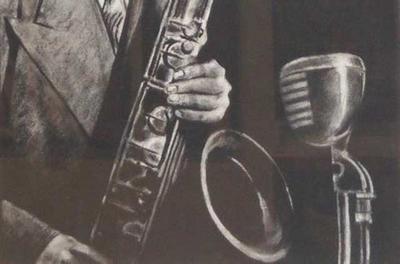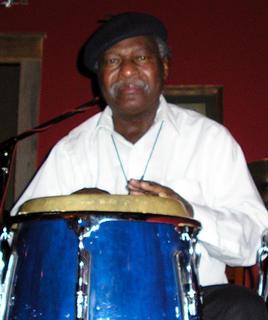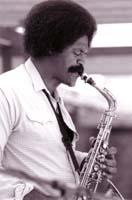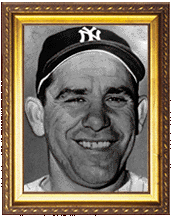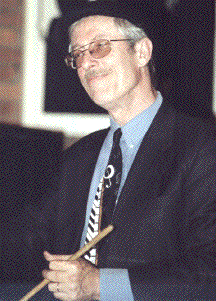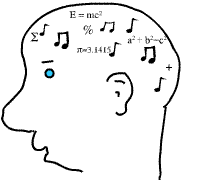
Kurt Rosenwinkel is one of the most highly respected young guitarists in the world today. He is one of those musicians that get booked an entire week at the Village Vanguard and play all the best European Jazz festivals in the summer. Kurt was at Berklee the same time that I was but we never played together there. About ten years after leaving Boston I had just moved in with my girlfriend Julie. I was looking through her CD collection which consisted mostly of Parliament Funkadelic, Beastie Boys and other assorted Rap groups. I spotted a 'Human Feel' CD, a fairly Avant-Garde Jazz project with Chris Speed, Andrew D'Angelo, and Kurt Rosenwinkel. It didn't fit with the rest of Julie's collection so I asked her about it.
She said, "Oh, that's my cousin Kurt's band." We were living in the small beach town of Santa Cruz, California mind you. Small world. I first met Kurt's parents when they took us to lunch the next time they came through town. I may have talked to Kurt a few times on the phone before moving out to NYC. He was also interested in the esoteric side of music theory and was eager to get together to talk about the subject.
When I moved to NYC we had a chance to spend some time together and talk about music. We also played together a few times in the Village with Josh Roseman and with one of Kurt's projects. When I left NYC for the west coast a few years later, I didn't get to hang with Kurt and say goodbye. I felt bad about that. My wife and I drove across country in a fifteen foot moving truck to Santa Cruz and checked into a hotel by the beach. From our room I could hear someone practicing a saxophone in another room and it sounded pretty good, too good for Santa Cruz. I soon realized that the entire 'Brian Blade fellowship' was staying in the same hotel. Kurt was staying right next door to us. This was pretty freaky. I had been thinking about him right before I left the East Coast. We went to see the band play at Kuumbwa Jazz center that night. Kurt decided to come back to Santa Cruz to stay with me as soon as his tour was finished. He stayed almost a week and we had a chance to have some philosophical discussions about music.
Kurt is one of the most thoughtful musicians I've ever met. For him music is truly a mystical experience. When you watch him play you can tell that he is trying to hear each and every note as a fresh creation. It's as if he's really trying to hear what each note wants do do. Like a bloodhound trying to pick up a faint but lingering trail. When he's playing he gets into an intensely focused state of mind. He is always listening for what his inner ear is hearing. On his 'The Next Step' CD he used alternate tunings on most of the tracks. This forced him to be fresh and not play licks .
Kurt taught me how important it is to be aware of every note. If you're not paying attention you might miss where your melody naturally wants to go. He tries to play by pure intuition rather than by using his rational mind. He has developed his career in the same way he develops his solos. Every step has to feel right before he takes it. Kurt is now happily married and lives in Lucerne with his wife and baby. His web site is great and has some nice sound clips. He is truly one of my favorite players as well as one of my favorite people.
All About Jazz article


















